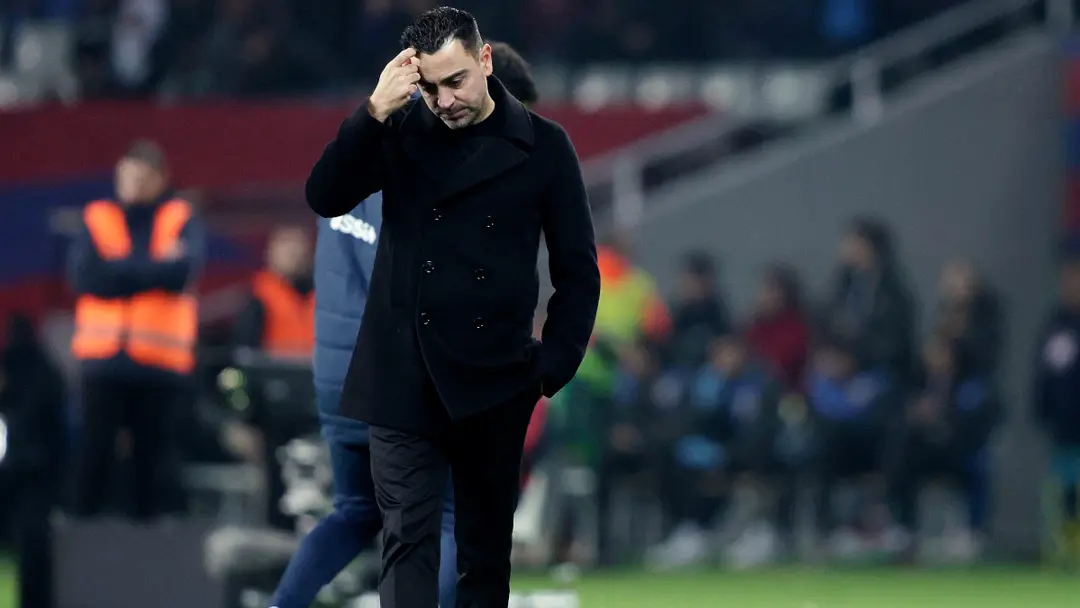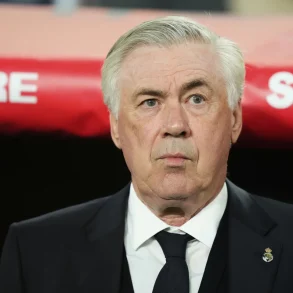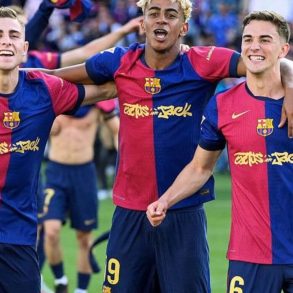Xavi Hernández is widely regarded as one of the best midfielders to have ever graced the football pitch. Throughout his career, he became synonymous with a style of play that redefined the role of a central midfielder. His intelligence, vision, and technical ability transformed the way the game was played, and his influence stretched far beyond his own time in Barcelona and Spain.
This article explores the legacy of Xavi, the profound impact he had on football, and how he became the embodiment of a generation’s style of play.
Xavi was born on January 25, 1980, in Terrassa, Spain. He began his youth career at Barcelona’s La Masia, the club’s famed youth academy, which has produced numerous world-class players. His potential was clear from an early age, and he quickly rose through the ranks, making his first-team debut for Barcelona in 1998.
At the time, Barcelona was struggling to reclaim its former glory, but Xavi’s presence would help shape the team into one of the most dominant forces in the history of the sport.
From the moment Xavi entered the senior squad, his exceptional passing and technical skills stood out. His ability to control the tempo of a match with precise passing, intricate movements, and a deep understanding of space was evident.
Xavi was the metronome of Barcelona’s attack, orchestrating every move and ensuring that the ball moved smoothly and swiftly across the pitch. His passing range was vast, from short, quick passes to long, sweeping balls that could change the course of a game in an instant.
But it wasn’t just his passing that made Xavi such a revolutionary player. It was his footballing intelligence. Xavi had an innate ability to read the game, anticipating the movements of his teammates and opponents alike. This ability allowed him to make split-second decisions that often seemed to be ahead of the play, giving him a unique advantage.
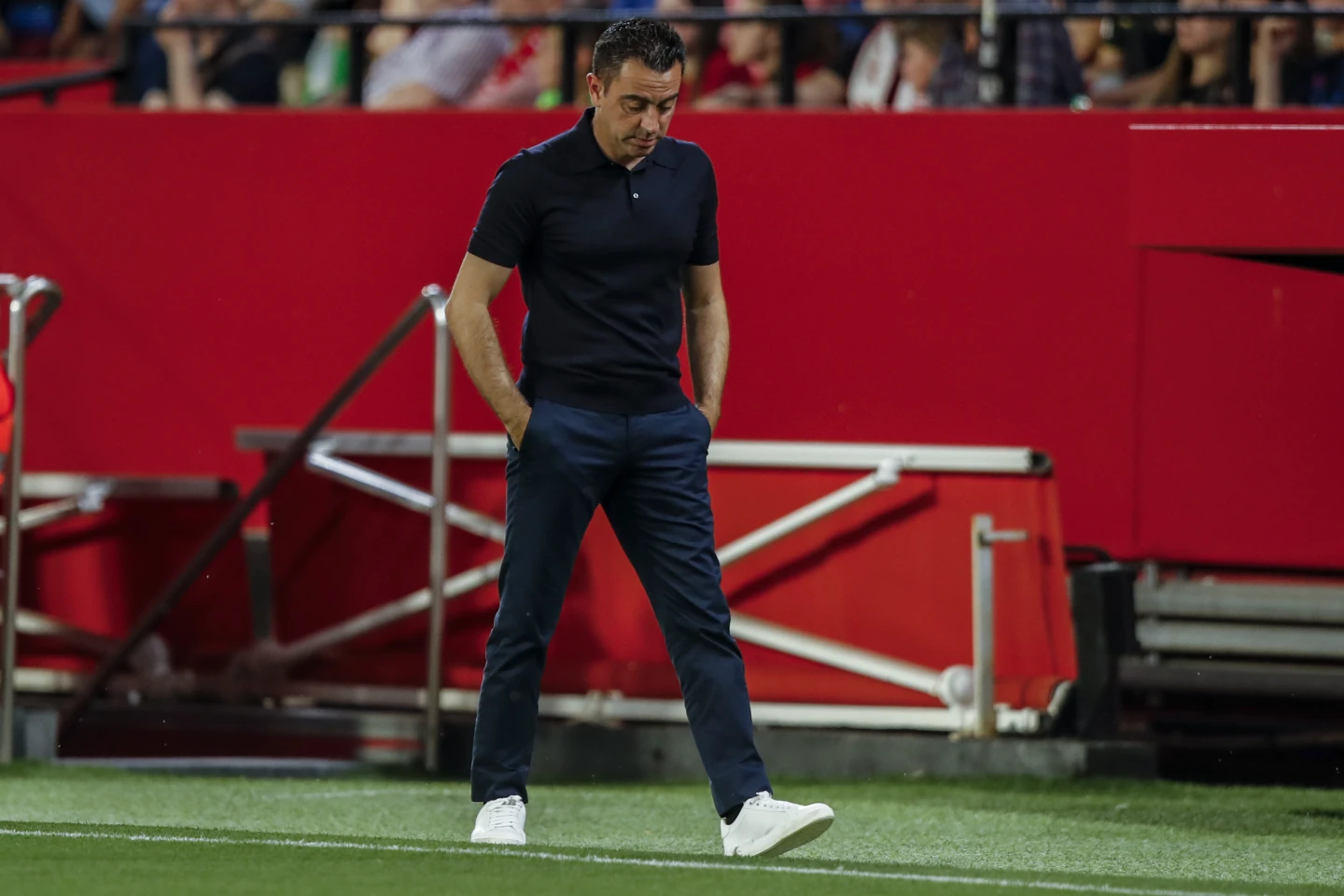
His understanding of space and timing was exceptional
He rarely needed to use excessive touches on the ball, always opting for the most efficient way to move it, allowing him to maintain possession under pressure and release the ball at just the right moment.
Xavi’s technical mastery was further displayed in his dribbling and close control. While he wasn’t known for blistering pace, his ability to glide past opponents with subtle touches and quick turns was remarkable. He didn’t rely on physical attributes but instead used his quick thinking and exceptional technique to outmaneuver defenders.
His low center of gravity, combined with impeccable balance, allowed him to glide through tight spaces, maintaining possession while keeping the ball close to his feet. Xavi wasn’t just a passer; he was a master at dictating the rhythm of the game and controlling the tempo of Barcelona’s build-up play.
Xavi’s playing style was central to the philosophy instilled by Barcelona’s legendary coach, Johan Cruyff. Cruyff’s emphasis on possession football, short passing, and intelligent movement laid the foundation for what would become known as the “tiki-taka” style of play.
Xavi, alongside players like Andrés Iniesta and Sergio Busquets, helped perfect this approach. Under Cruyff’s guidance and with the talents of players like Xavi, Barcelona developed a style that was characterized by relentless possession, fluid passing, and a commitment to keeping the ball on the ground.
This philosophy wasn’t limited to club football; it was a defining characteristic of the Spanish national team as well. Xavi’s influence on the Spanish team was profound. He was the leader of a midfield that dominated European and world football for several years. Alongside Iniesta, Xavi was a key figure in Spain’s historic victory at the 2010 FIFA World Cup, their first-ever win in the tournament’s history.
His ability to control possession and dictate the tempo of the game was instrumental in Spain’s triumph, and his partnership with Iniesta became the backbone of the team’s success.
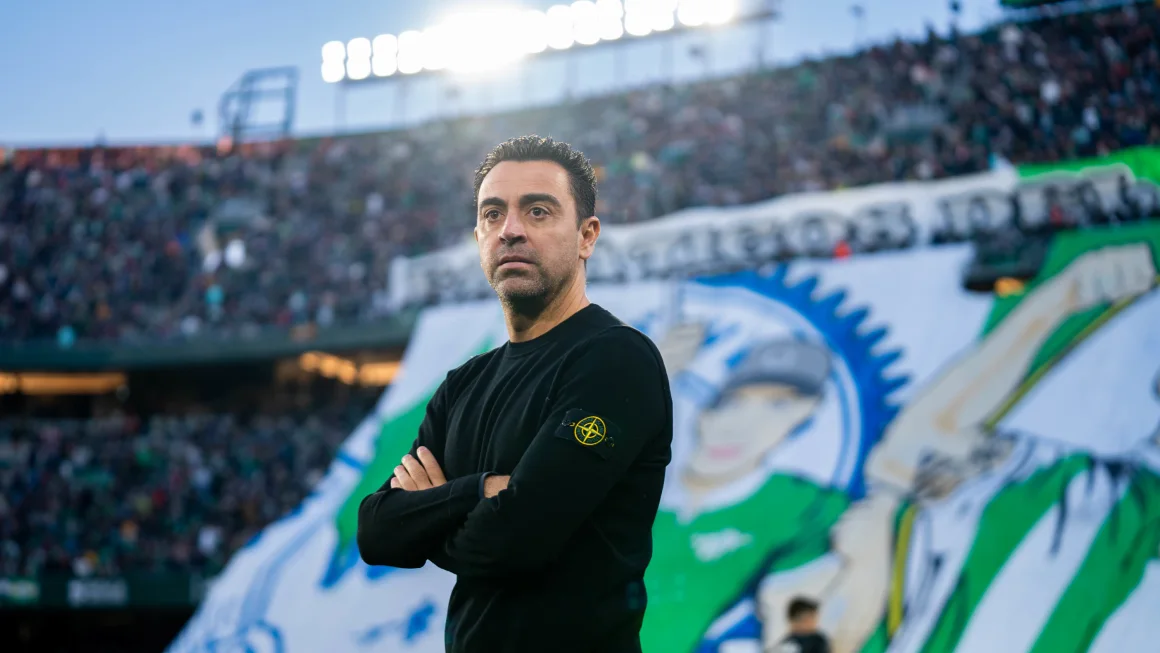
He was an integral part of Spain’s victories
Xavi’s international success continued at the European Championship level in 2008 and 2012. These wins further solidified Xavi’s legacy as one of the greatest midfielders of his generation.
His contributions were not only technical but also mental. Xavi’s leadership on the pitch, his ability to maintain composure under pressure, and his unwavering commitment to his team made him a true captain, even when he wasn’t wearing the armband.
As Xavi aged and his career progressed, he remained a key figure for Barcelona, even as the team transitioned through various phases. His understanding of the game and his ability to read the match never diminished, and he continued to be the lynchpin in the midfield for years.
Xavi’s influence on the younger players in the squad was immeasurable. Players like Sergio Busquets and Thiago Alcântara learned from Xavi’s mastery of midfield play and continued his legacy long after his departure from Barcelona.
In 2015, after spending his entire professional career at Barcelona, Xavi made the decision to leave the club and continue his career in Qatar with Al Sadd. His move to Qatar marked the end of an era for both Barcelona and Spain. However, his influence on the game didn’t end there.
Xavi transitioned into a managerial role, returning to Barcelona to coach the team in 2021, where he was tasked with restoring the club to its former glory. Even in his managerial career, Xavi continued to advocate for the principles of possession-based football and the importance of controlling the game.
Xavi’s legacy is undeniable. He defined a generation of football, leaving an indelible mark on both Barcelona and the Spanish national team. His intelligence, vision, and technical brilliance revolutionized the role of the midfielder, and his influence can still be seen in the way the game is played today. Whether as a player or as a coach, Xavi’s contribution to football will continue to inspire future generations of players and fans alike.



